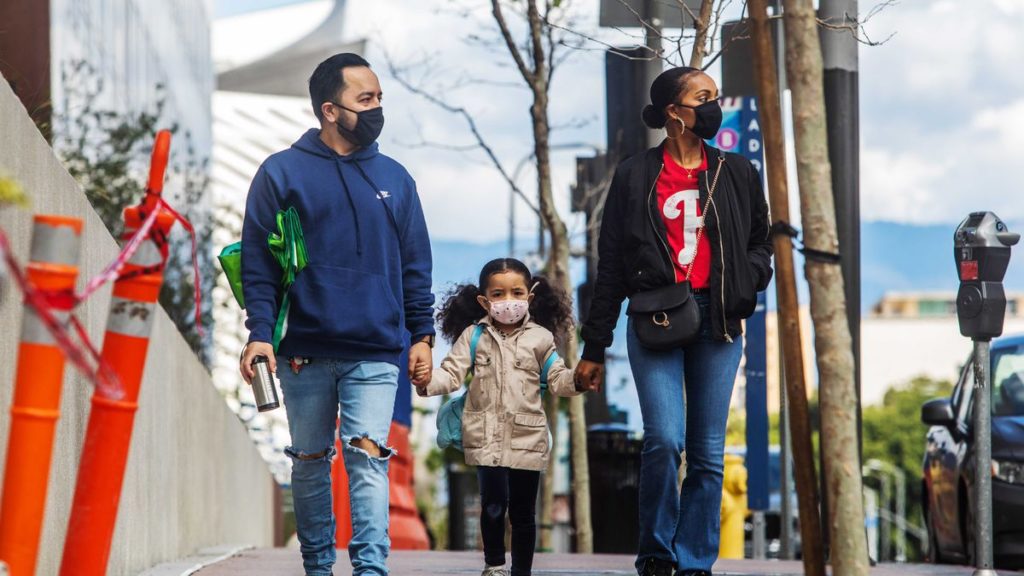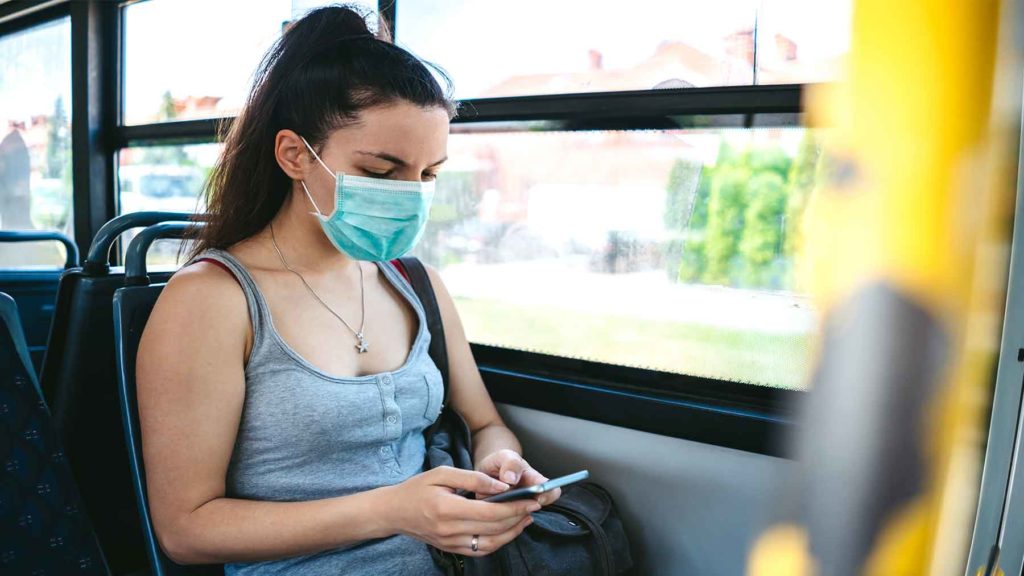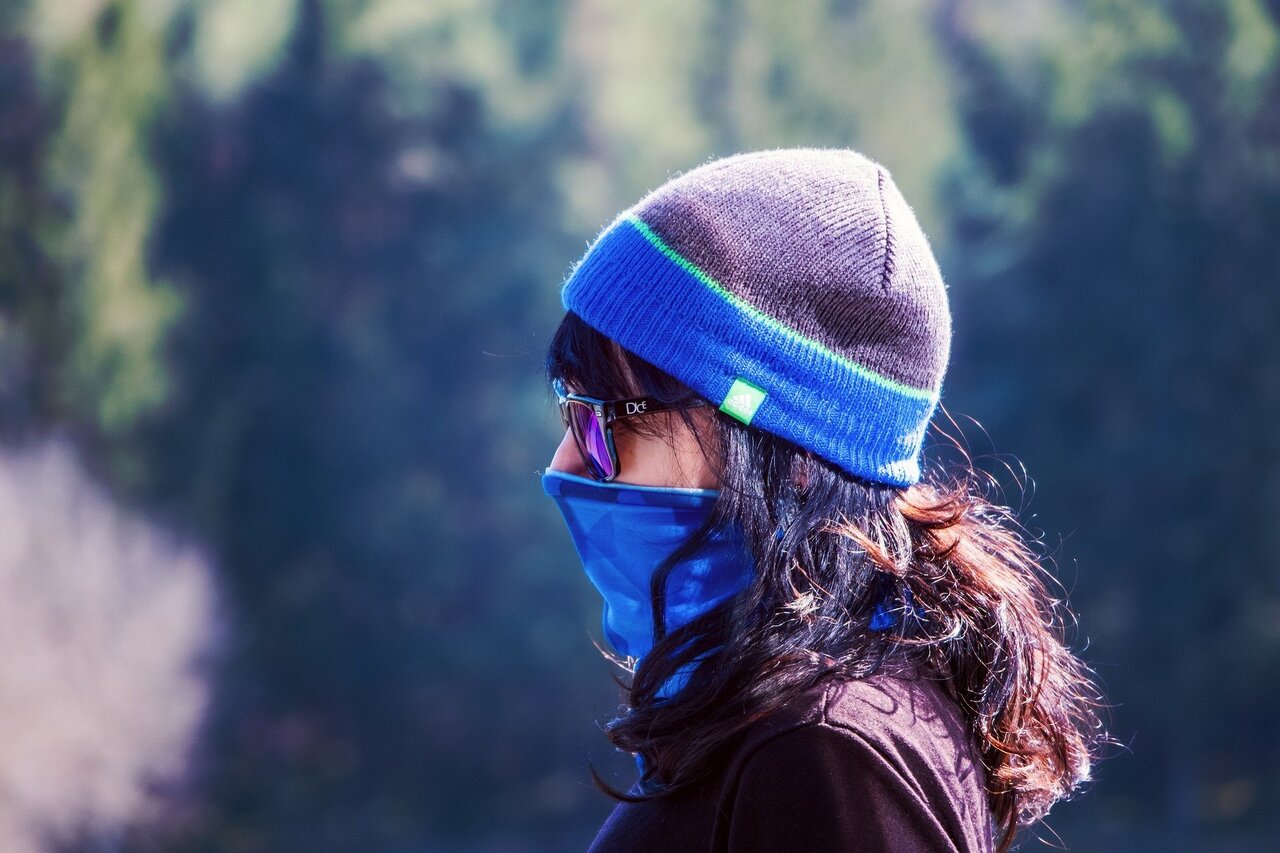Author: Professor of Global Biosecurity, NHMRC Principal Research Fellow, Head, Biosecurity Program, Kirby Institute, UNSW for the Conversation
With mask wearing in public compulsory in Victoria and recommended in New South Wales, many Australians are buying, wearing or making face masks for the first time.

Reports of counterfeit or potentially substandard masks on the market may lead some people to question whether their surgical or cloth mask actually works.
So what can you look out for when buying a mask to make sure it does what it’s supposed to do?
And how can you test one you’ve bought or made?
What do I look for in a surgical mask?

Surgical masks (also known as medical masks) are usually made of three or four layers, most commonly polypropylene.
Ideally, they should meet Australian standards for how well they filter and how resistant they are to water.
Only masks the Therapeutic Goods Administration (TGA) approves as medical products (officially known as medical devices) can be used in hospitals.
If a mask meets Australian standards as a medical device, you will see a label on the packaging, plus a code indicating the standards it has met, such as:
- AS/NZS 4381:2015
- ASTM F2101-14 or EN 14683:2014
- ISO 22609 or ASTM F1862/F1862M-13.
If your surgical mask says “not for medical use”, it doesn’t necessarily mean it’s useless. It just means it has not been submitted to the TGA for approval as a medical device.
If that’s the case, you can assess it using one of the methods below.
For a cloth mask, pure cotton is not a good choice for the outer layer, as it is absorbent. If someone else is coughing and sneezing near you, you want your mask to block those droplets rather than enable them to pass through the mask and infect you. A polyester or cotton-polyester blend is a better choice for this outer layer.

So for cloth masks, aim for at least three layers, including a water-resistant outer layer. The inner layer can be cotton, as that makes it more comfortable to wear, because it will absorb moisture from your breathing.
Check also that your mask fits well around your face. If you have gaps around the edges of your mask, you can breathe in unfiltered, contaminated air.
Look to see if there’s a nose bridge piece or other adjustable edge to help mould the mask around your nose and the top of your cheeks. If your mask is loose-fitting, a nylon stocking over the top can improve the fit and seal.
And remember to wash your cloth mask daily.
What do I look for in a cloth mask?

Cloth masks are non-medical devices. But they can be designed to be reasonably protective.
If you’re buying one online or making one yourself, check how many layers it has. A single-layered mask is better than no covering, but two layers are better than one, and three layers are better than two. More than three layers are better still.
Look for a fine weave, high thread count and dense material. Flimsy or see-through material, or material with large gaps, is not adequate because droplets and aerosols can pass through the gaps.
Read: What we know so far bout the complete symptoms of Covid-19
How can I test my mask at home?
Test for good filtration and fit
For filtration and fit, you can do some rather time-consuming experiments at home.
But a much simpler method is the candle test, popularized by US science educator Bill Nye. If you can blow out a candle while wearing your mask, that’s a fail.
It means your mask doesn’t adequately stop the flow of air. If you can blow air out, air can also leak inward just as easily.
This article has been published under creative commons license from The Conversation. Author: Professor of Global Biosecurity, NHMRC Principal Research Fellow, Head, Biosecurity Program, Kirby Institute, UNSW
